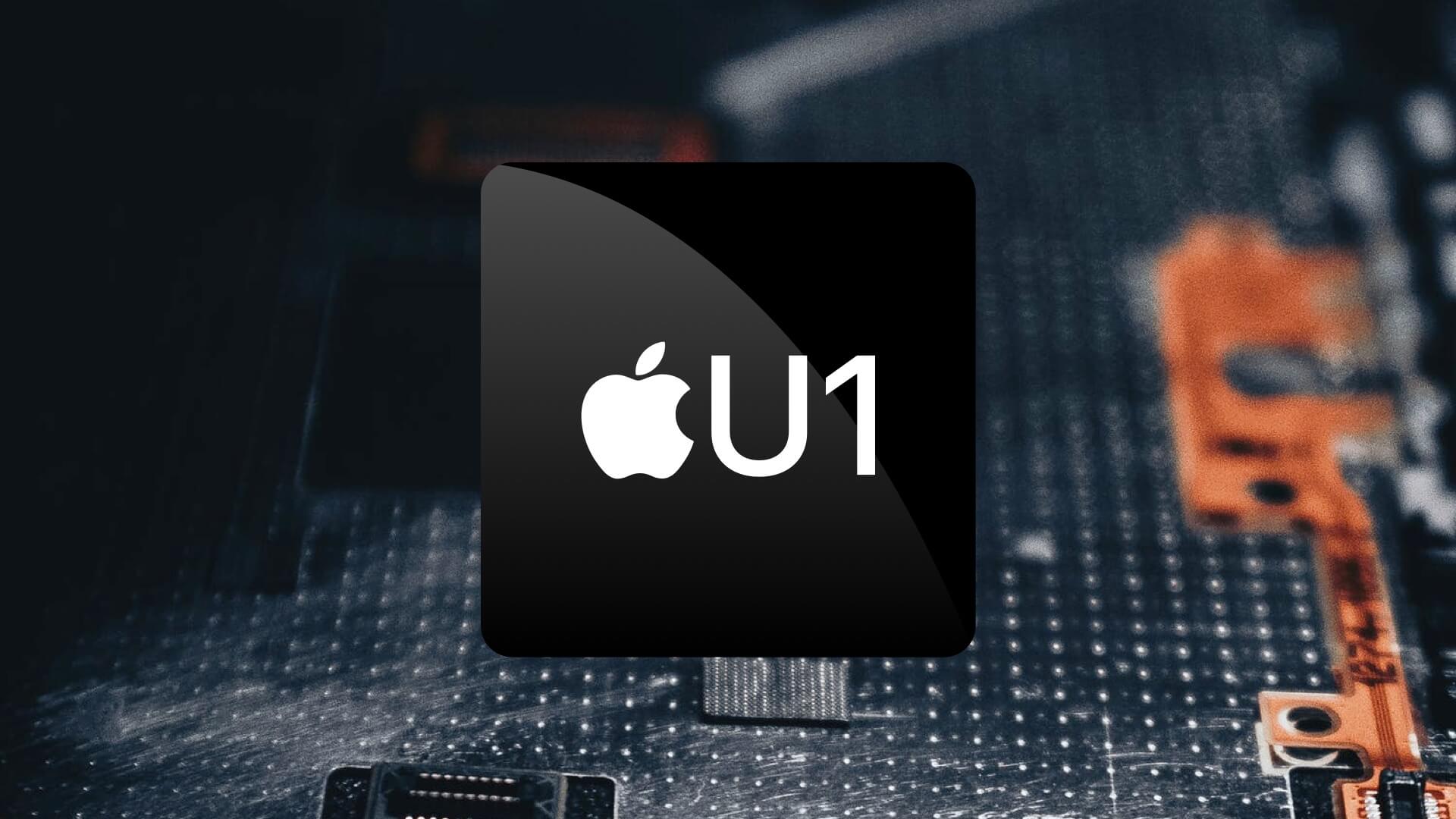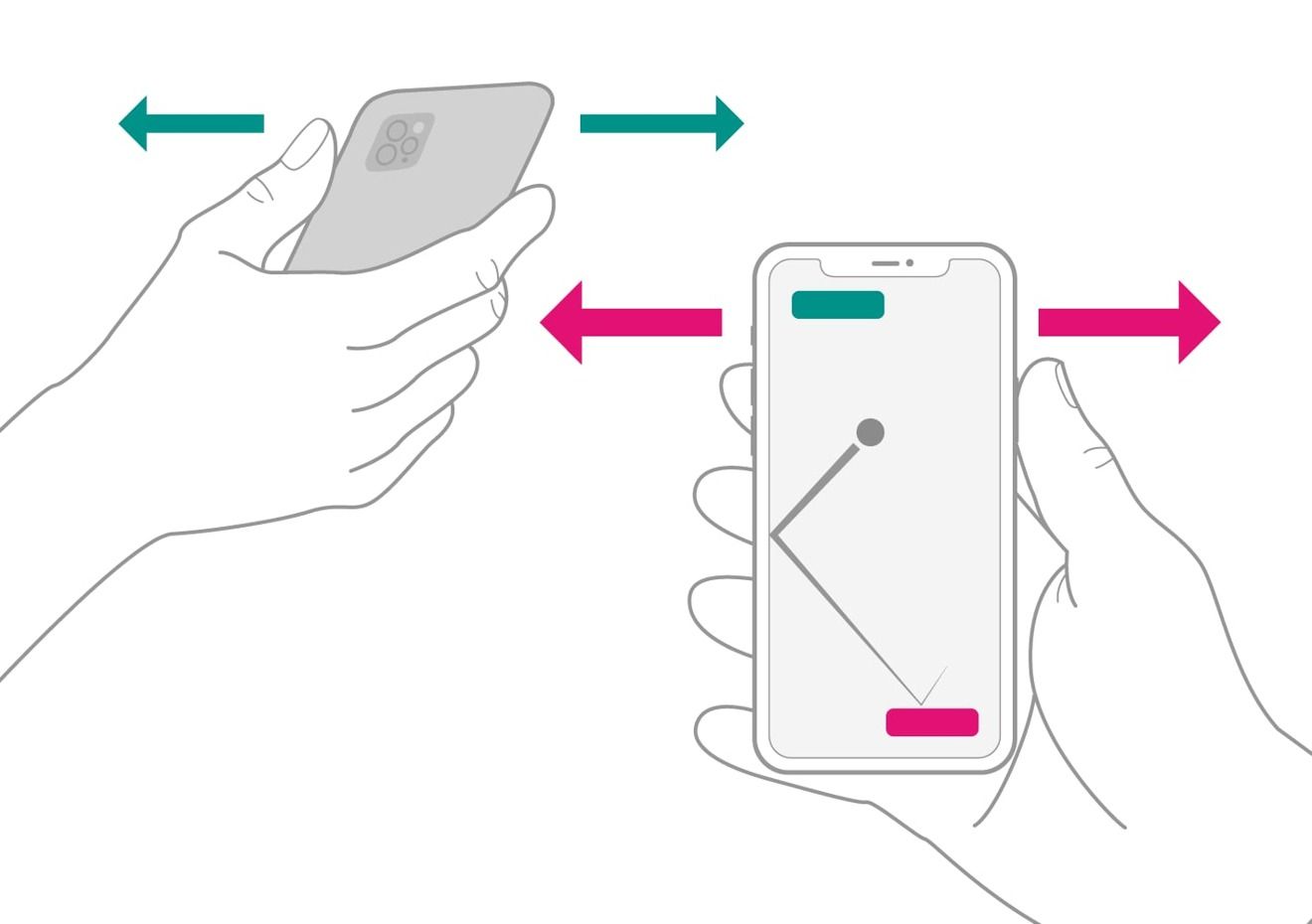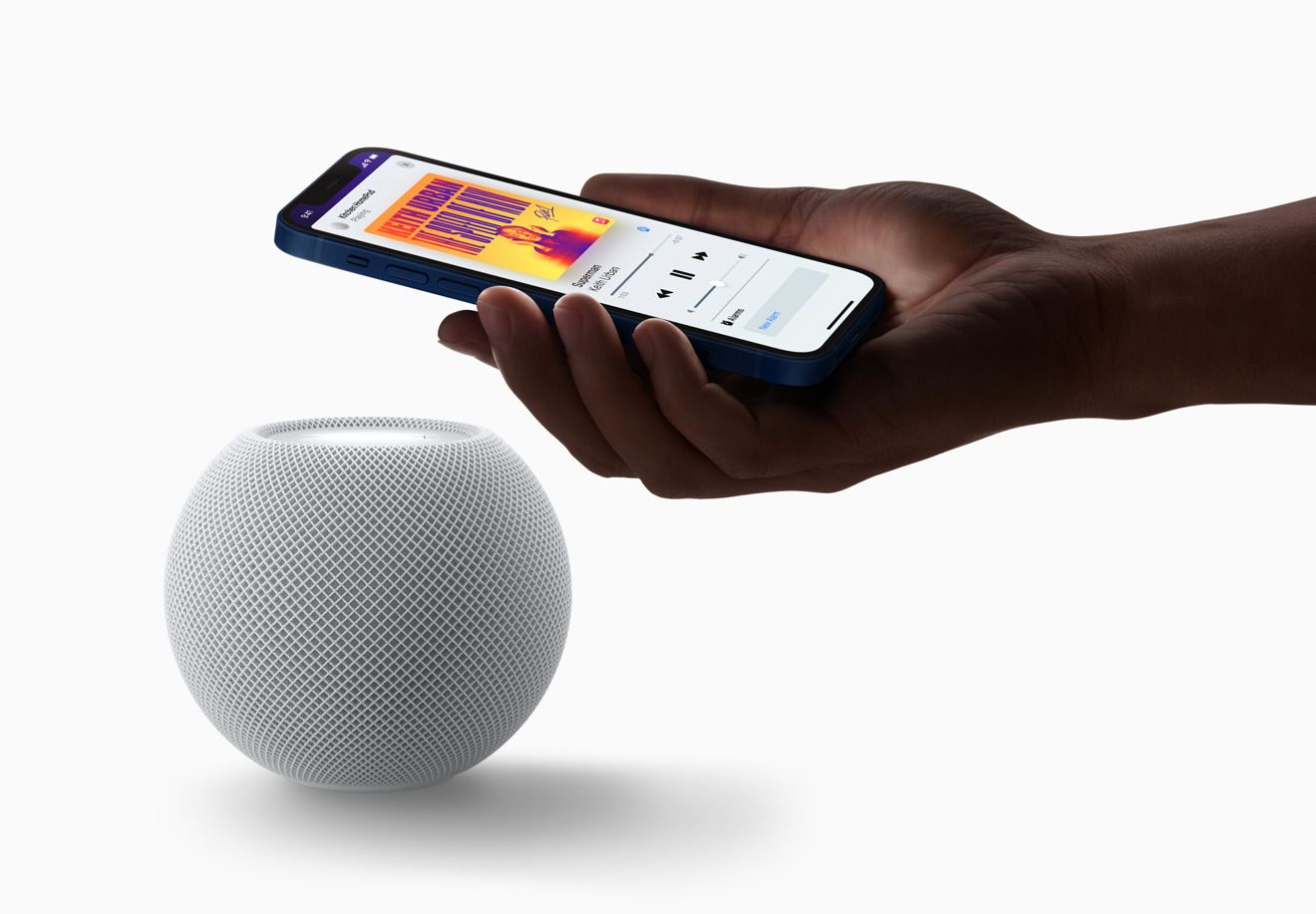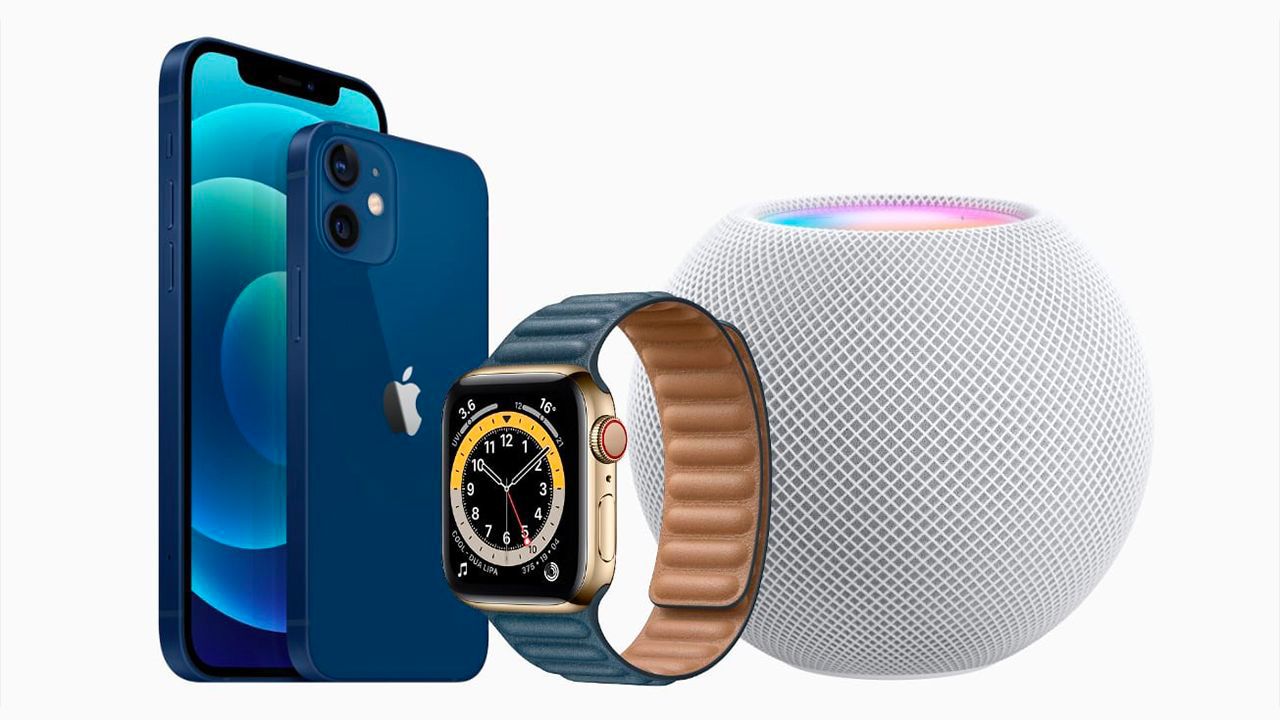What is Ultra Wideband. In this article I will try to explain how it works and why it is important to Apple.
Apple has added its U1 chip to even more products and is clearly planning to make ultra-broadband an important feature within its device ecosystem.
What is ultra broadband?
Commonly referred to as UWB, Ultra Wideband is a wireless communications protocol that works by using radio waves. In its simplest form, it can be used to transmit messages between devices, making it somewhat analogous to Bluetooth or Wi-Fi.
The main feature it enables is extremely accurate location tracking , with devices using UWB being able to identify the distance and even the location of other hardware. This means it has potential uses for device tracking services, such as an improved form of the Find My app.
The technology is also used for industrial purposes, including radar systems, medical imaging, and even tested to handle signals on the New York City subway, the primary use of the technology for consumers is likely to still be inter-device communications and location monitoring at short range.

UWB has been around for quite some time and has only recently come into the hands of customers thanks to Apple’s inclusion of the technology in the iPhone 11.
How does ultra-broadband for communications work?
Like other radio-based communication systems, UWB relies on a combination of transmitters and receivers on the devices. While Wi-Fi and Bluetooth use relatively narrow frequency ranges to handle communications between devices, UWB does things completely differently.
As its name suggests, UWB eliminates narrow ranges and instead transmits data over a much wider frequency band. While a typical Wi-FI channel width may be 20 MHz, 40 MHz, or 80 MHz, UWB instead uses a bandwidth range of 500 MHz or more for its broadcasts.
UWB can do this because it operates on broadband that is not typically used for other types of communications. The U1 chip, for example, used for Apple’s ultra-broadband applications, transmits on two frequencies: 6.24 GHz and 8.2368 GHz.

How does UWB work for location tracking?
Pulse-based ultra-wideband technology lends itself to position sensing in a number of ways. For starters, by regularly sending a pulse of data, it can let other nearby devices know it exists, or vice versa if it receives a pulse from another device.
The use of UWB and its wide range of frequencies used also allows devices to perform time-of-flight (ToF) calculations, i.e. how long it takes to get a response, which provides a much more useful data point: how far apart you are. find the devices.
Using such a wide range of frequencies, this practically allows the system to beat multipath propagation, i.e. cases where radio waves take multiple paths to reach a destination, such as an echo over surfaces. As some of the frequencies used in the pulse are very likely to reach the intended recipient directly with line of sight, the calculations can be based on them and not on slower diverted signals to other frequencies, resulting in a more accurate calculation.

Specifically, it is possible to determine the location of a device using Wi-Fi signals within about 13 meters, while GPS with GLONASS can reach about 1.80 meters. Bluetooth can reach a distance of about 5 meters for devices using Bluetooth 5.0 or later, but Bluetooth 5.1 introduces more precise detection capabilities.
The accuracy of the UWB can reach up to 30 centimeters, an accuracy not achievable by other systems. Accuracy will depend on a few factors, such as distance and line of sight between devices.
Support Apple UWB and U1 chip
As mentioned earlier, the technology has been around for quite some time but it reached consumers in late 2019 thanks to Apple, when it included the U1 chip in the iPhone 11 range.
Initially, Apple advertised the chip as a way to make file sharing with AirDrop more accurate, faster and safer, but now the potential of the technology expands with the arrival of the new HomePod mini with U1 chip. Unfortunately, we will not be able to exploit them as the HomePod mini is not available in our country.

In June, Apple introduced a “ Nearby Interactions ” developer framework for U1-equipped devices, allowing them to build apps that leverage direction and distance data. As part of its documentation, Apple has proposed a travel sharing app that allows a driver and a passenger to find each other easily thanks to augmented reality.
The inclusion of the U1 chip in the HomePod mini suggests that there may be some form of functionality for HomeKit on the way. For example, Apple might enable a feature where UWB is used by a new HomeKit device to determine which “Room” it should be installed in based on the nearby presence and relative location of other products.
Of course, this will depend on Apple adding the U1 chip to more products and allowing other devices to interact with the UWB. Given the U1’s expansion from iPhones to the Apple Watch and HomePod mini, it seems highly plausible that Apple will do just that.



Recent Comments